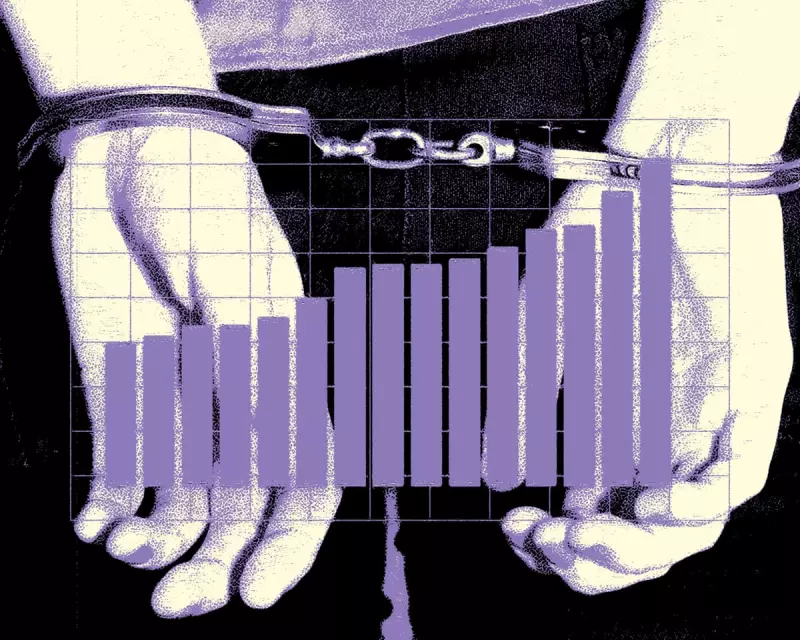
A Silent Epidemic: The Rapid Rise of Female Incarceration
More than 733,000 women and girls are currently held in penal institutions across the globe, a figure that experts believe is a significant undercount. While women constitute a minority, averaging just 6.8% of the global prison population in 2024, their numbers are swelling at an alarming and disproportionate rate.
The Alarming Statistics Behind the Surge
Since the year 2000, the female prison population has exploded by almost 60%. This staggering increase is nearly triple the 22% growth seen in the male prison population over the same period. In just the decade leading up to the end of 2020, an additional 100,000 women were incarcerated worldwide.
The regional breakdown reveals even more dramatic shifts. In Asia, the number of imprisoned women has soared by 114%, while in the Americas (excluding the United States), the figure has skyrocketed by a staggering 186%.
What is Driving This Global Crisis?
The offences that lead women to prison are frequently non-violent and intrinsically linked to poverty. Research from Penal Reform International and Women Beyond Walls indicates that many women are criminalised for acts of survival, often to support their families and children.
Laws targeting abortion, adultery, and prostitution disproportionately affect women. Furthermore, an inability to pay fines for petty crimes or afford bail often results in a prison sentence, creating a vicious cycle where poverty becomes a direct pathway to incarceration.
Where Are Women Being Imprisoned?
The United States leads the world with 174,607 female prisoners. China follows with 145,000, though this number is incomplete and does not include those in pre-trial or administrative detention. The top five is rounded out by Brazil (50,441), Russia (39,153), and Thailand (33,057).
In England and Wales, 3,566 women are behind bars, representing 4% of the total prison population. This number is projected to rise to 4,200 by 2027. Across Europe, 94,472 women are detained, while Australia incarcerates about 3,473 women.
The Grim Reality of Women on Death Row
Capital punishment also disproportionately impacts women. The World Coalition Against the Death Penalty estimates that between 500 and 1,000 women are currently on death row in at least 42 countries.
The primary crimes leading to death sentences are murder and drug trafficking. Countries with mandatory death penalties for murder or that fail to recognise gender-based violence as a mitigating factor see higher numbers of women sentenced to death. Nations with severe anti-drug laws, particularly in the Gulf and South-East Asia, also have a high proportion of women on death row.
Is Prison the Right Place for Women Offenders?
Campaigners and experts argue that prison is an unsuitable punishment for the majority of female offenders. In England and Wales, for example, 72% of women sent to prison in 2020 were convicted of non-violent crimes.
Short, revolving-door sentences prevent meaningful rehabilitation, with 71% of women in England and Wales reoffending after a sentence of 12 months or less. The mental health toll is severe; up to 80% of incarcerated women worldwide have an identifiable mental illness, and in Europe, female prison suicide rates are nine times higher than in the general population.
In response, the UN adopted the Bangkok Rules in 2010, urging states to develop non-custodial sanctions and ensure gender-sensitive treatment in prisons.
The Hidden Victims: Children of Female Prisoners
The impact of female incarceration extends far beyond prison walls. An estimated 19,000 children live in prison with a parent, typically their mother. A staggering 1.45 million children worldwide are separated from an incarcerated mother.
This separation often leads to profound suffering, and it is not uncommon for women to lose custody of their children after even a short period behind bars. While some countries allow young children to stay with their mothers in prison, a childhood spent in such an environment can cause lasting physical and emotional damage.





